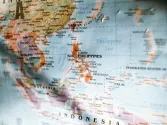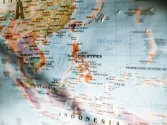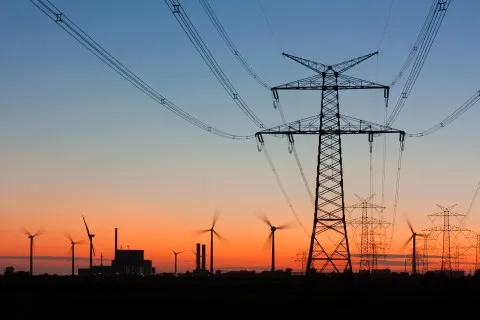
China, India, and Southeast Asia contribute to world's 350GW excess capacity: IEA
Developing economies are now leading the growth in energy demand.
There are about 350GW of excess capacity in regions including China, India, Southeast Asia and the Middle East, representing additional costs for the system and consumers, the International Energy Agency (IEA) said in its report World Energy Outlook 2018.
The excess capacity could be attributed to developing economies that are now leading the growth in energy demand, opposite of the situation in 2000, in which Europe and North America accounted for 40% of demand whilst developing economies in Asia for around 20%. “By 2040, this situation is completely reversed,” IEA said.
Asia now makes up half of the global growth in natural gas, 60% of the rise in wind and solar PV, more than 80% of the increase in oil, and more than 100% of the growth in coal and nuclear (given declines elsewhere). Whilst 15 years ago, European companies dominated the list of the world’s top power companies, measured by installed capacity; now six of the top-ten are Chinese utilities, it noted.
“A doubling of electricity demand in developing economies puts cleaner, universally available and affordable electricity at the centre of strategies for economic development and emissions reduction,” the group added. It cited how one-in-five kilowatt-hours of the rise in global demand comes just from electric motors in China; rising demand for cooling in developing economies provides a similar boost to growth.
Due to the lack of a greater policy focus on energy efficiency, almost one-in-every-three dollars invested in global energy supply, across all areas, goes to electricity generation and networks in developing economies.
“This investment might not materialise, especially where end-user prices are below cost-recovery levels,” IEA said. But in highly regulated markets there is also a risk that capacity runs ahead of demand, thus the excess capacity.
On the upside, IEA said a much stronger push for electric mobility, electric heating and electricity access could lead to a 90% rise in power demand from today to 2040, compared with 60% in one of their scenarios, an additional amount that is nearly twice today’s US demand.
In another scenario, the share of electricity in final consumption moves up towards one-third, as almost half the car fleet goes electric by 2040 and electricity makes rapid inroads into the residential and industrial sectors.
“However, some significant parts of the energy system, such as long-distance road freight, shipping and aviation, are not ‘electric-ready' with today’s technologies, “ said. It added that electrification requires additional measures to decarbonise power supply, otherwise, CO2 emissions could only be transferred from the end-use sectors to power generation.
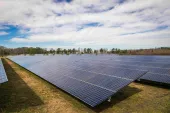



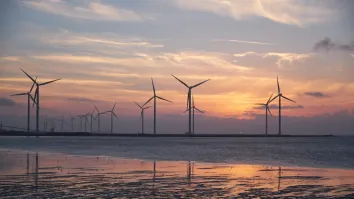





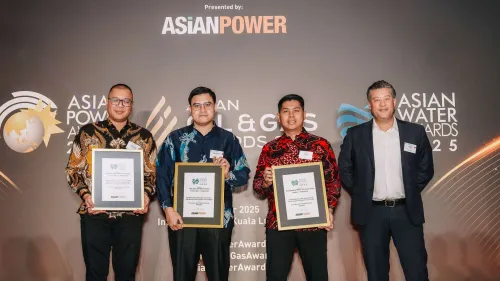

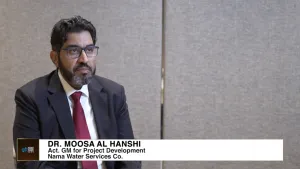






 Advertise
Advertise
